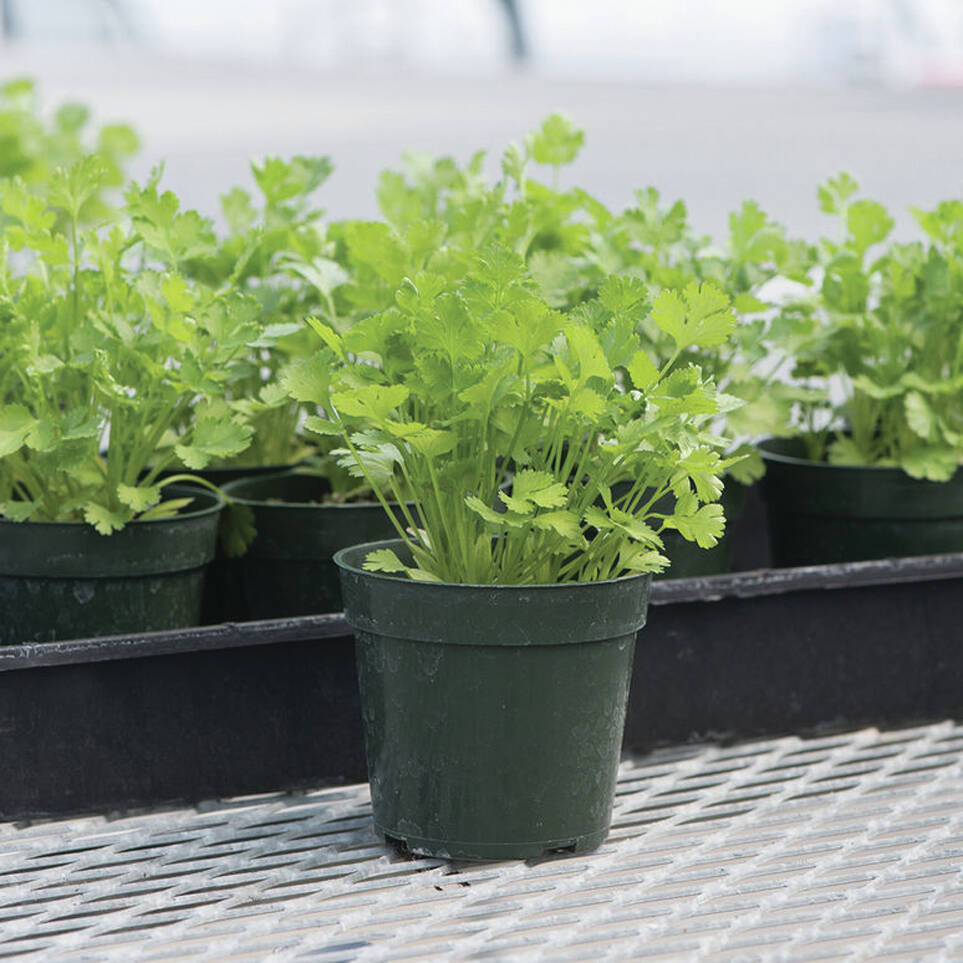|
Only have a minute? Listen instead
Getting your Trinity Audio player ready...
|

I think most of us are familiar with cilantro. The taste of cilantro is a special flavor found in Mexican cuisine. Salsa and pico de gallo would not be the same without cilantro, but this has not always been the case. Cilantro (Coriandrum sativum) seeds were brought to Mexico by Spanish explorers, where it became associated with Mexican cuisine.
This is an ancient herb that is utilized in many cultures, especially in the Mediterranean and Asia. Every part of the plant is edible, stems, leaves, flowers, and seeds. The seeds are known as the spice, coriander, which is used in pastries and cookies in some cultures and in curries and in sauces on vegetables in other cultures.
Did you know this cool season herb can also play a special role in our gardens? It really can be your “Best Friend Forever.”
Not everyone is a fan of cilantro and that seems to work in the insect world as well. Cilantro is great at deterring pests from all members of the Brassica or cabbage family, as well as spinach and lettuce. Additionally, when cilantro is flowering, it will support beneficial insects that prey on the pests of cabbage family members, and other leafy greens, like spider mites, aphids, and potato beetles.
So, enjoy eating your cilantro when it is cool and as temperatures warm up, watch it bolt and produce flowers that will attract and support hoverflies, ladybugs, small parasitic wasps, and green lace wings. These are all beneficial insects that will go after the spider mites and aphids that feed on the vegetables. Cilantro also deters pests in potatoes, tomatoes, peppers, onions, and asparagus.
Plant cilantro in October, December, and again in early February for the best protection for the cool season garden. You can save seed to replant or lightly toast them to make coriander. Cilantro leaves are traditionally used to settle the stomach and improve digestion, so enjoy a sprig or two after dinner, as well.
You can purchase seedlings of cilantro between 9 a.m. and noon Saturday at the Farmers Market at Firemen’s Park in McAllen. Winter vegetables, grass fed beef, eggs, and homemade baked goods will be available, along with all natural skin care products. Master Gardeners will be on hand to answer your gardening questions and provide a vegetable planting guide.
Barbara Storz is a horticulturist and writes about plants for South Texas gardens. You can follow her on Facebook.



